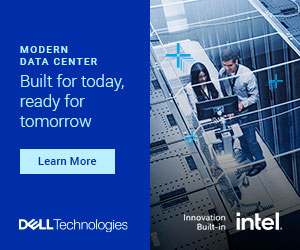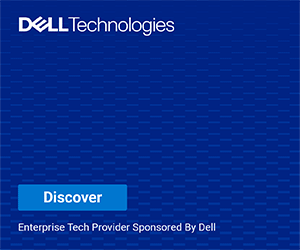British computing charity Raspberry Pi Foundation released its eponymous mini-computer in 2012. Since then, iterations of the single-board platform have become beloved by countless DIY-ers with a penchant for digital tinkering.
Savvy users incorporate the little computer in an impressive array of use cases, including media streaming, home automation, arcade games and robotics. Various Raspberry Pi models have also found their way onto the Internet of Things (IoT). Despite its diminutive size, the tiny computer boasts impressive networking capabilities, making it an ideal component for IoT-enabled devices.
Under the hood
Raspberry Pi includes a decent amount of tech for a device the size of a credit card. An entry-level model can cost as little as 20 dollars. Yet the single board includes a CPU, GPU, memory, networking and a small array of ports.
For instance, the Raspberry Pi 4B includes a 1.5GHz quad-core processor, up to 4GB of RAM, multiple USB 2.0 and 3.0 ports, and two HDMI outputs.
Power is supplied from an external source via USB, and users can add more storage by plugging in a high-capacity MicroSD card, which is also where the operating system resides. Users can connect the integrated HDMI port to any modern display or TV. And user input is handled through a wireless or Bluetooth keyboard and mouse.
Raspberry Pi comes out of the box as a standalone motherboard in a stunningly prominent display of no-frills engineering. In other words, unlike nearly every consumer computer, it enters the world completely naked. Chassis are available as an aftermarket option, but many enthusiasts prefer to make their own or go without.
Expansion and software
Perhaps the feature that most accurately epitomizes Raspberry Pi is the inclusion of general-purpose input/output pins. These GPIO pins are used to communicate and interact with other circuits, enabling users to extend their Raspberry Pi’s functionality by connecting it to additional mini-computers and other electronics.
As for software, each unit includes a basic operating system built on the ubiquitous open-source platform Linux. To add and edit functionality, coding is handled via Python, a general-purpose programming language used to develop GUI-based apps, websites, and web apps.
If you’re looking for a no-nonsense, do-it-all computer, you’ll want to choose a more traditional form factor. But if you’ve got a sense of adventure, a decent amount of patience, and an idea worth exploring, Raspberry Pi might be the perfect platform for you.





















